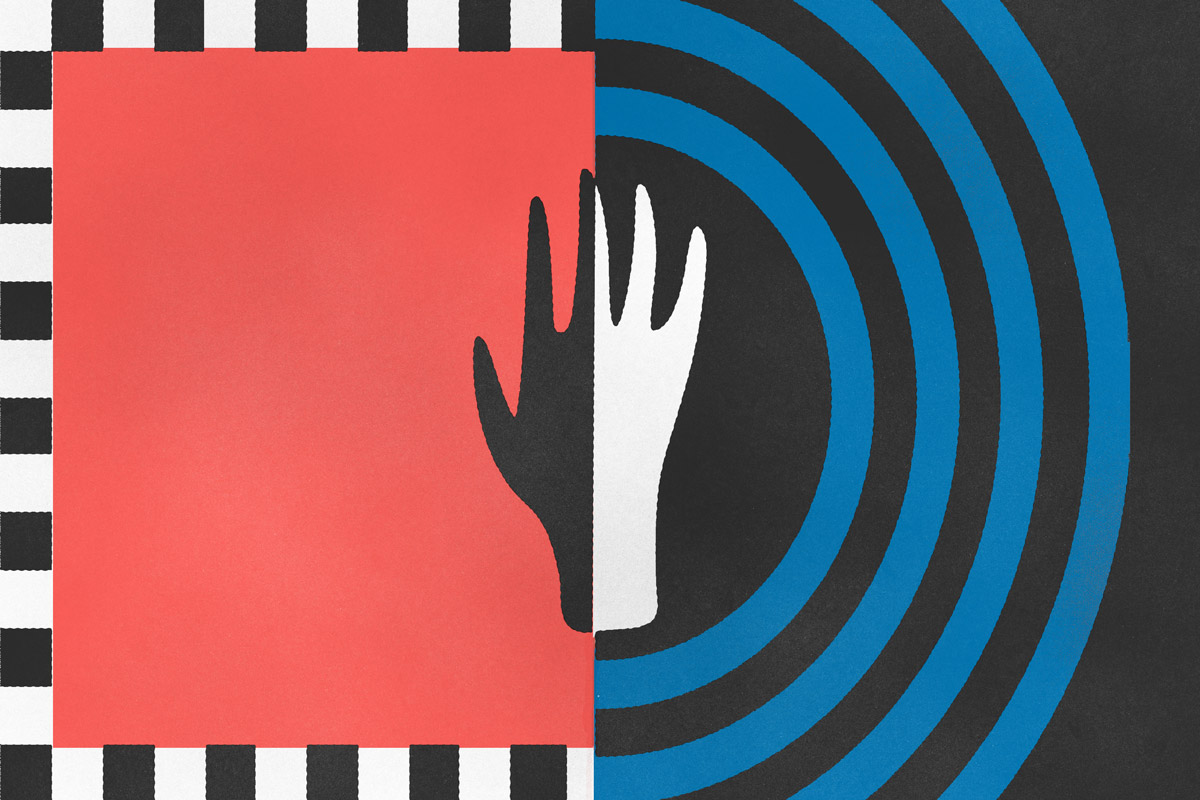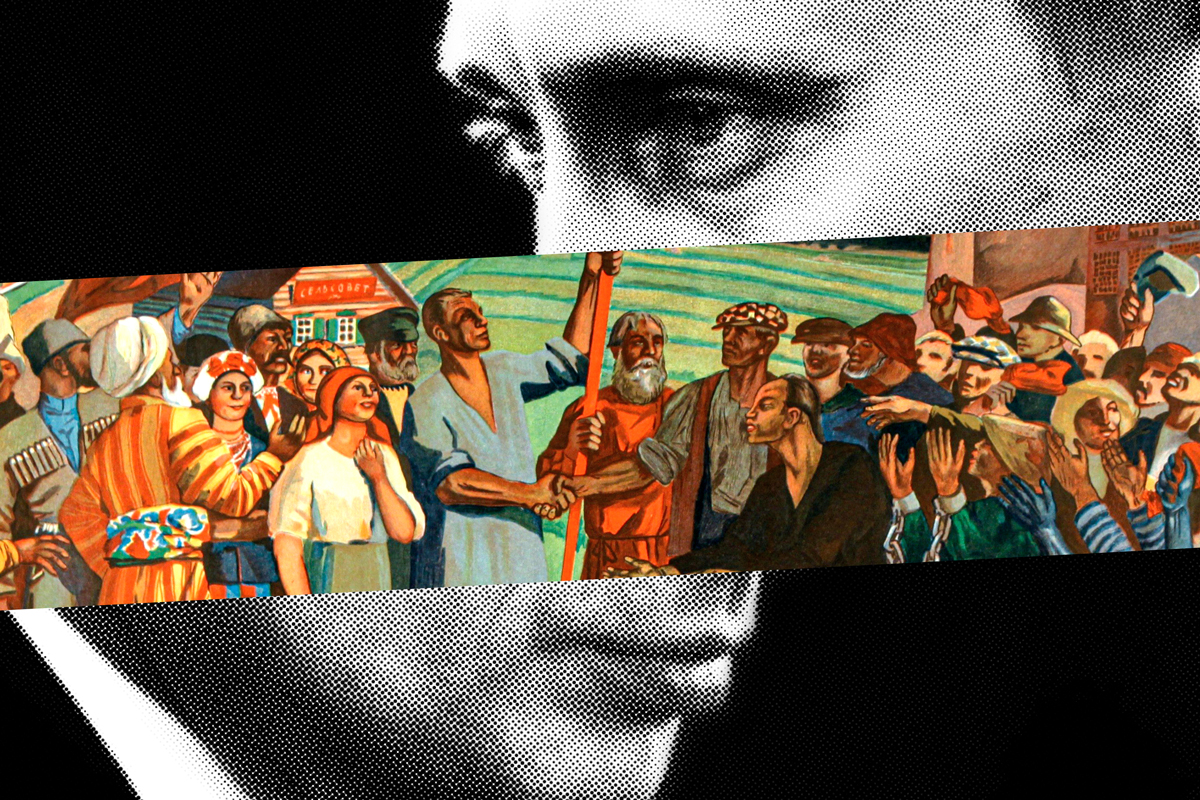Before October 7, 2023 there were seventeen functioning universities and colleges in Gaza. Now there are none.
All of the schools in Gaza have been closed and/or destroyed. The destruction of universities and the killing of their faculty by U.S.-backed Israeli military has been described by many, including in a recent UN statement, as scholasticide—meaning the systemic destruction of education through the harming and/or killing of teachers, students, and staff and the destruction of educational infrastructure. A global community of individuals and human rights organizations have called the killing in Gaza by the U.S.-backed Israeli military a genocide. Many of the Palestinians who have managed to survive the onslaught thus far have migrated to Rafah, in southern Gaza, where Israel is now threatening a ground invasion.
The peaceful student protests and encampments that have swept campuses across the United States and abroad are demanding a ceasefire and demanding that their respective universities to cut ties with Israel and the U.S. military. They are a part of a long lineage of student activism, including but not limited to anti-war protests and activism to radically change the curriculum and structure of colleges and universities. The students’ empathy, resolve, and anti-imperial politics stretch even deeper than the roots of twentieth-century student activism, though they are the newest branches of that same radical tradition.
The students understand what it would mean if their university or college were destroyed and their communities leveled. This is why empathetic students across the United States and abroad have set up encampments on their campuses until their universities agree to divest and cut ties with Israel and the U.S. military. This is why they are calling their encampments colleges and universities, like “The Popular University for Gaza,” as the students at Princeton have named theirs. These spaces are functioning as memorials for the lost universities in Gaza, and as radical sites of public political education and world-building toward an Earth where all people, including Palestinians and other oppressed peoples, can thrive.
The students are calling for peace.
The students want a permanent ceasefire. They “will not rest” until their universities “disclose” their investments in Israel and the U.S. military and “divest” from Israel and the U.S. military. Some students are participating in broader coalitions. The students at Emory, for example, have linked their demands to local demands to get cops off campus, to refuse Atlanta’s planned “Cop City,” and make the surrounding Atlanta community more welcome on their campus. Others, such as City College of New York (CCNY) students, have linked their protest to broader demands, such as the demand to make CCNY a free-tuition school again, demands for faculty, staff, and graduate student union contracts, and additional support for student healthcare and transportation. From the Hudson River to the Pacific Sea, students at public and private, large and small, universities and colleges are insisting that Palestine be free and that we all become a little freer too in the process.
Faculty across the country have joined student protests as educators, sympathetic observers, protectors of students’ rights, and, in some cases, even co-conspirators. In recent days, as university administrators around the country have called in law enforcement to raid the encampments, many of these professors have found themselves subject to extremely violent police tactics alongside their students. While many sympathetic faculty, such as those in chapters of Faculty for Justice in Palestine, share the students’ politics and demands, others have joined out of a sense of collegiality and a moral obligation to protect their students’ rights to free speech and assembly. Furthermore, it is worth noting that some of these faculty, researchers, and staff are answering a deeper, historic political and intellectual commitment to support students’ rights to organize and protest.
Those of us who have ever studied in or been employed in centers, departments, or tenure-track lines affiliated with Black Studies, Asian American Studies, Caribbean and Latino/a and Latin American Studies, Native American Studies, American Studies, Ethnic Studies, or Gender Studies—or have been enrolled or employed as the result of a Diversity, Equity, and Inclusion initiative—have inherited the fruits of multiracial coalitions of student activists and leftist student protests past.
There are clear historical connections between today’s student movements and anti-war and anti-apartheid movements of the 1960s and 1980s. However, these consequential U.S. student movements also occurred within the milieu of widespread student movements demanding changes to the ways U.S. universities and colleges function. Students in the late 1960s and 1970s also organized to demand changes to U.S. universities’ and colleges’ structure and curriculums, including demands for student services tailored to the needs of minoritized students, a more diverse professoriate, and the creation of centers, departments, and tenure and administrative lines for Black Studies, Asian American Studies, Native American Studies, Caribbean and Latino/a and Latin American Studies, American Studies, Ethnic Studies, and Gender Studies. Those of us whose have benefited from Diversity, Equity, and Inclusion initiatives or made careers within the aforementioned fields owe a debt to student activism.
In the mid-1960s, students organizing for free speech on college campuses and protesting the war in Vietnam set up “free universities” that offered non-credit courses, often for the political education of the college students and the wider public, on topics of contemporary relevance. The free universities were among a variety of anti-war and public, experimental, political education initiatives taking place across the United States that frequently featured courses about the histories and cultures of people of color and women. In the late 1960s and early 1970s, college students increasingly demanded that their college and university curriculums include courses on these topics as well. The free universities established during the anti-war protests of the mid-1960s set the stage for the eventual movement for the institutionalization of Black Studies, Asian American Studies, Native American Studies, Chicano/a Studies and Caribbean and Latino/a American Studies, Ethnic Studies, and Gender Studies.
The first campus to institutionalize Ethnic Studies was San Francisco State College (now San Francisco State University) after students shut down the campus in 1968 and 1969. Before 1968, students of color, feminist students, and anti-war students were already actively creating their own curricula and offering free courses through the “Experimental College” and the Black Student Union. Students who took these student-run classes began declaring self-directed majors in fields that would come to form Gender Studies and Ethnic Studies, such as Asian American Studies. They also began to band together into what became the Third World Liberation Front. The firing of the English professor George Mason Murray, an anti-war activist and Black Panther, was the spark that sent the students of the Third World Liberation Front and the Black Student Union on strike in November 1968. Collaboratively, the students drafted demands for a school of Third World Studies and a Black Studies degree and department. Despite bans and repression from San Francisco State administrators and police forces, the students held strong for five months until they struck a deal with the administration. The deal included the admission of virtually all non-white applicants in the fall semester of 1969 and established a college of Ethnic Studies, the first in the country.
Subsequently, students on campuses across the country engaged in similar strikes, protests, and demonstrations to demand the establishment of programs for the study of so-called “Third World” histories and cultures. These included calls to establish Black Studies, Chicano/a and Latino/a American Studies, Native American Studies, and Asian American Studies centers, departments, and tenure-track faculty lines. On the heels of these protests came additional student demonstrations and faculty organizing to institutionalize Women’s Studies and Gender Studies. In the 1960s and 1970s, students transformed how and where universities allocated resources for minoritized and marginalized students and reshaped university curricula, and thus academia writ-large.
As a historian of slavery and gender in the Black Atlantic, it is not lost on me that I am a beneficiary of student activism. Many of the professors I have had and scholars who have influenced my understanding of history were tenured, tenure-track, fellows, or adjunct professors affiliated with departments and centers of Gender, Sexuality, and Women’s Studies; Africana/Black Studies; Caribbean and Latin American Studies; African Studies; and American Studies. It is not lost on me that my future employment at Swarthmore College is very much a legacy of student activism for Black Studies and Black history programming there in the 1960s and 1970s.
As a beneficiary of student activism, I owe it to students of today to do everything in my power to ensure that their rights to free speech and assembly are protected. It would be hypocritical to provide anything less than unwavering support for student activists exercising their right to dissent and protest today. This is especially true when those students are participating in a global movement that, at its core, calls for the recognition of our shared humanity, including the humanity of Palestinians. The avalanche of calls from the students is an appeal for peace, emanating from a desire to create a safer world for everyone, including Palestinians.
At their best, Black Studies, Ethnic Studies, and Gender Studies are fields rooted in the interdisciplinary study of the histories, cultures, politics, and intellectual traditions of the oppressed and marginalized to nurture a better world, one in which all of us are free and enfranchised. The students organizing for Palestine across campuses are putting the best offerings of these fields into action. They are saving the Earth and the possibility of human existence on it. They are saving the world, while building it anew.
Those of us in and affiliated with Black Studies, Ethnic Studies, and Gender Studies and those of us who have benefitted from DEI initiatives owe our careers to student activists. We would be nothing without those students. We are nothing without our students. We have a moral, political, and intellectual obligation to do our best to support and protect them.
Dr. Elise A. Mitchell is a historian of the Black Atlantic. She is currently an American Council of Learned Societies Fellow and a Presidential Postdoctoral Fellow at Princeton University.



